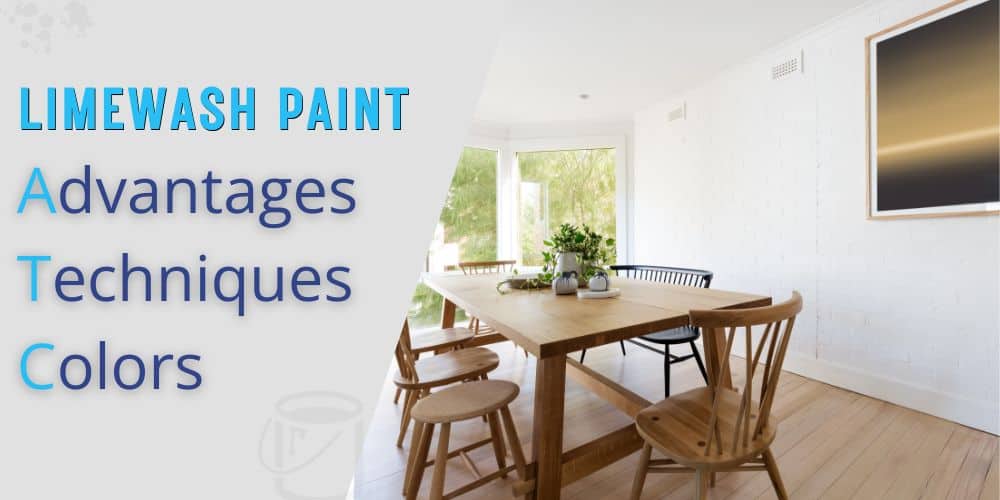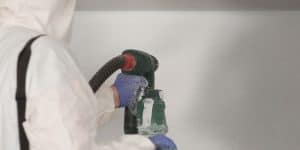Limewash paint holds an everlasting appeal, providing a rustic beauty beyond current fashions. In our detailed guide, we examine the nature of limewash paint, where it comes from, its many advantages, and the various ways to use it. Discover with us the unique methods and different color choices of this old but once again popular way to paint.
What is limewash paint?
Limewash paint comes from limestone, and people have used it for many years as a flexible and environmentally friendly option. Its natural ingredients include slaked lime, water, and colors. It breathes well and adheres smoothly to surfaces with pores.
Limewash paint, different from acrylic or oil paints today, creates a chemical bond with brick, plaster, and stone walls, which makes them more durable over time.
Limewash paint is a perfect mix of old-time skill and new eco-friendly technology, combining the past and present in indoor and outdoor decorating.
Advantages of limewash paint
Limewash paint offers many advantages, so it is a favored option for inside and outside walls. Here are some of its main benefits.
Natural Aesthetic Appeal
Limewash paint gives a unique, textured look that shows classic beauty and improves the natural appearance of surfaces. Its gentle changes in color give depth and personality, bringing a rustic feel to any area.
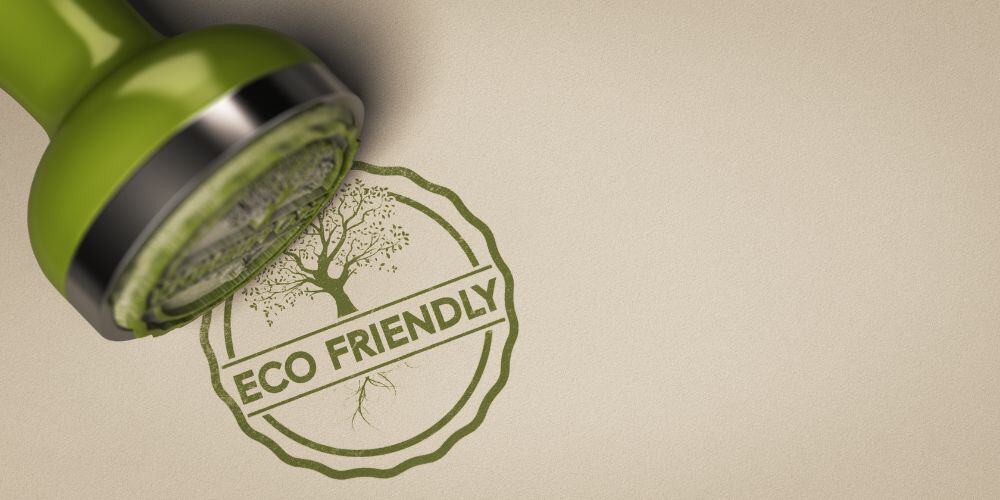
Eco-Friendly Composition
Limewash paint, made from natural ingredients like water-mixed lime and mineral-based colors, benefits the environment and avoids toxins. Unlike regular paints, which emit dangerous chemicals into the air, this paint releases minimal harmful substances, contributing to cleaner indoor air and less environmental damage.
Breathability
Limewash paint is a type of coating that allows surfaces to breathe, which means it enables moisture to escape. This is particularly useful in humid environments as it prevents the buildup of condensation and mold. By promoting airflow, limewash paint helps preserve building materials and also improves indoor air quality.
Longevity
Limewash paint is highly durable due to its chemical composition and bonding ability with surfaces. It can withstand weathering and maintain its goodness over time, which reduces the frequency of repainting required. This longevity saves time and resources and also enhances the overall value and appearance of the painted surfaces.
Versatility
Limewash paint is highly versatile and can be applied to various substrates, including masonry, plaster, and primed drywall. Its compatibility with different surfaces makes it a versatile choice for both interior and exterior projects. Additionally, limewash paint can be used in conjunction with other decorative techniques, such as color washing or stenciling, to achieve customized effects and artistic designs.
Disadvantages of limewash paint
Limewash paint also has some disadvantages. Let’s examine some of these.
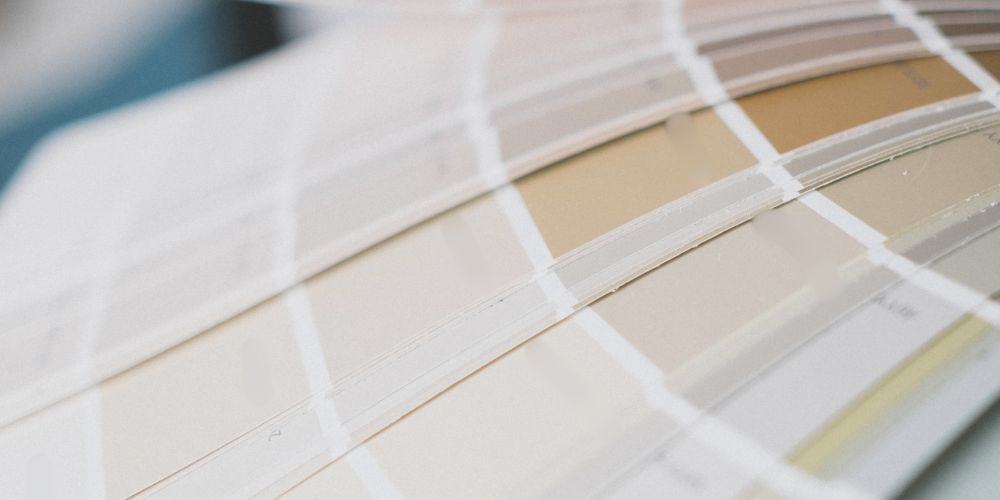
Limited Color Options
Limewash paint comes in many natural shades and light colors, but if you want bright or unique custom colors, it might be hard to get. The limited range of natural pigments may make it challenging for people seeking more lively or unique color options.
Surface Compatibility
While lime paint works well on surfaces that can soak it up, like brick or stone walls, if you try using it on sealed wood or metal, there might be issues with how well it sticks. It is essential to check that the surface suits this kind of paint and prepare it properly for a good result so the paint will last many years.
Vulnerability to Weathering
Limewash paint is durable but can weather over time, especially in harsh climates. Exposure to elements like rain, wind, and UV rays can cause the paint to fade, peel, or spoil prematurely. Regular maintenance and recoating can help preserve its appearance and protective qualities.
Application Complexity
To produce satisfactory results with limewash paint, proper preparation and skill are required. Unlike traditional paints, which may be applied with brushes or rollers, limewash may necessitate specialized instruments and skills. Improper application techniques might result in uneven coverage, streaking, or blotching, all of which detract from the overall appearance.
Limited Stain Resistance
Compared to acrylic or oil-based paint, limewash paint is less stain- and mark-resistant. Splashes, spills, and other impurities can readily harm its porous surface, leaving stains that may not go away. As a result, extensive cleaning or repainting may be required to restore the original look. Especially in areas prone to leaks or regularly used, this can be a problem.
Types of Limewash Paint
You must know the different kinds available to pick the best limewash paint for your work. Let’s look at the types and what makes each one special.

Traditional Limewash
When applied to surfaces, limewash, a mixture of slaked lime and water, brings out their actual textures and gives a traditional matte look. It’s known for letting air flow and managing dampness well, so it’s a perfect selection for old structures and classic architectural styles.
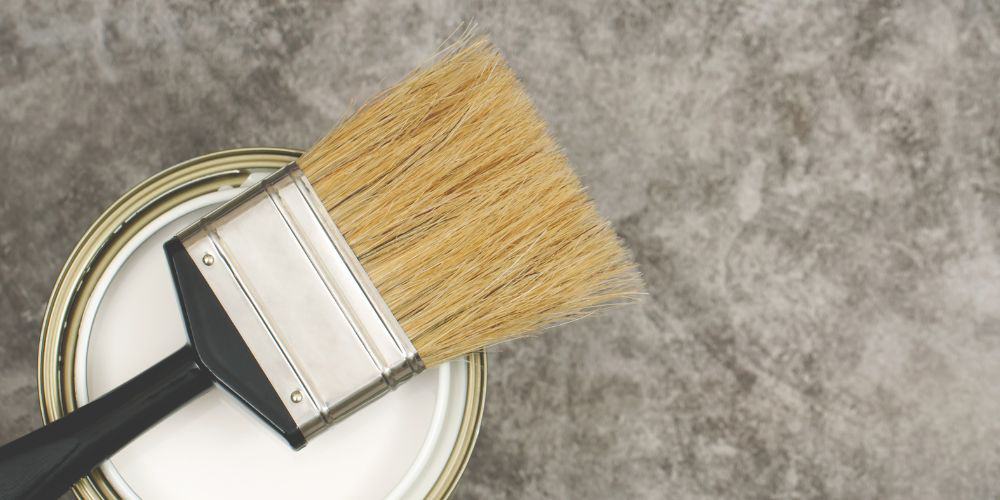
Ready-to-Use Limewash
When preparing limewash, it comes mixed with extra ingredients to make it last longer and easier to apply. These types of limewash are suitable because they save time and work, so people who like doing projects themselves or those who paint as a job can both use them well.
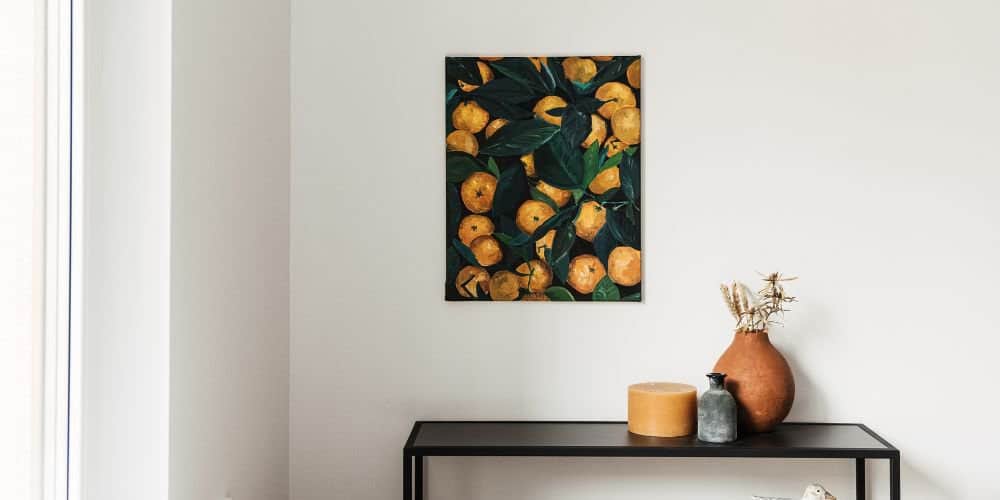
Mineral Paints
Limewash paints with minerals add extra substances for better stickiness, withstand weather, and keep their color longer. This paint can be used in various ways to last well in different surroundings.
Suitable Surfaces for Limewash Paint
Let’s find different surfaces, such as brick and walls, that are ready for painting and see how limewash paint could improve them.
- Brick: Limewash paint sticks very well to brick walls, making a layer that lets air pass and shows their natural pattern and different colors. Since it can join with materials full of small holes, it is perfect for outside brick walls because it looks good and lasts a long time.
- Plaster: Limewash paint is suitable for plaster surfaces because it penetrates the material and creates a robust and nice-looking layer. Using limewash on inside walls or decorative plaster pieces brings out the texture and makes them look deeper. It also protects them from water and tiny life forms that can grow there.
- Stone: Limewash paint goes well with stone surfaces, making them look more beautiful in a soft, not shiny, way. Because it lets air pass through, the stone can control the amount of moisture present, which prevents harm from moisture that gets stuck inside.
- Primed Drywall: Painters can also apply limewash to primed drywall surfaces. It is essential to prepare these surfaces well so the paint sticks properly. Applying limewash to primed drywall becomes a smooth base and gives an exciting and environmentally friendly alternative to regular paints.
Color Options for Limewash Paint
Choosing the correct combination of colors is very important if you want to get the look you wish with limewash paint. Think about these possibilities:
- Natural Earth Tones: Limewash paint comes in earthy colors like ochre, terracotta, and sienna, which make a space feel warm and welcoming.
- Pastels: Light, soft colors such as pale pink, light blue, and gentle green give a quiet feeling to rooms inside the house. They make it look graceful and peaceful.
- Achieving Custom Colors: Custom shades are possible, even with the restrictions of natural pigments. One can blend different pigments or add color to the base limewash to create various options for personal taste and matching design plans.
Limewash paint vs. Regular paint
When you look at the differences between limewash and standard paint, you see vital considerations when choosing which is better for your work.
- Composition: Limewash paint consists of slaked lime, water, and minerals for color. Ordinary paint often contains artificial resins, colors, solvents, and other substances.
- Breathability: Limewash paint makes a coating that breathes, letting moisture out, so it’s suitable for old buildings and places with lots of humidity. But regular paint doesn’t breathe and can trap water inside, which might cause peeling and mold to appear.
- Aesthetic: Limewash paint has a unique texture and slight color changes that intrigue surfaces. Regular paint offers a smooth texture and uniform appearance in various colors.
- Durability: Both paints give good protection for a long time, but limewash paint sticks better to surfaces with holes like brick and plaster, so it lasts longer in those places. Ordinary paint might need you to fix and repaint it more often if many people pass through the area.
Conclusion
Limewash paint is becoming an attractive option for people who want beauty and practical advantages in their painting work. It’s made from natural materials, lets walls breathe, and improves different surfaces, making it suitable for indoor and outdoor use.
To get good limewash paint, contact JDS Home Solutions. They focus on eco-friendly options and customer satisfaction. Trust them to help you create lovely, long-lasting paint results. If you are updating an old building or bringing personality to a new place, please consider JDS Home Solutions as your leading provider of high-quality limewash paint and expert assistance.
Sources:
https://www.coloratelierpaint.com/products/lime-paint-natural
https://jamesalexanderlimewash.com/blogs/news/benefits-of-limewash-paints
https://www.marthastewart.com/2220318/limewash-paint
https://romabio.com/color-options/
https://meodedpaint.com/limewash-vs-traditional-paint/
FAQs
Can You Apply Limewash Paint Over Existing Painted Walls?
Yes, limewash can be applied over existing paint, but proper surface preparation is required. Clean and sand the previous paint, then apply a tiny test patch before covering the entire wall.
Is limewash environmentally friendly?
Limewash is environmentally friendly as it is made from natural ingredients and releases minimal pollutants. It is also breathable, making it a sustainable and eco-friendly option for painting both interior and exterior surfaces.
Where can I use limewash?
Limewash is a flexible paint that may improve the appearance of both indoor and outdoor surfaces. It enhances natural textures, provides moisture protection, and is environmentally friendly. Brick, plaster, stone, and primed drywall are some of the most common applications.
Should I apply a sealer over a lime wash finish?
Adding a sealer to a lime wash finish will help it last longer and prevent moisture, stains, and damage. To avoid moisture buildup, use a permeable sealer that is suitable for lime wash. The decision is based on your desired appearance, the amount of protection, and surface properties.
Can I make my own limewash?
You can create your limewash using just a few ingredients. To create your limewash, mix slaked lime powder with water in a ratio of approximately 1:3. You can add mineral-based pigments for custom colors. Let the mixture age for better consistency and strain it for a smoother finish. Apply it to different surfaces for an eco-friendly finish. Test on a small area first.
How is limewash applied?
To apply limewash, first clean the surface and then mix it according to the instructions. Apply the mixture evenly using a brush, roller, or sprayer in thin layers from top to bottom. Let each coat dry before applying the next. After the final coat has dried, check the surface and apply a sealant if required.
Is lime Wash paint waterproof?
Limewash paint is not waterproof and allows moisture to pass through. It can deteriorate or wash away over time when exposed to prolonged water exposure. Applying a compatible sealer or topcoat designed for limewash can improve its water resistance and durability in areas prone to moisture.
What does limewash paint do?
Limewash paint is a versatile choice for painting tasks because it gives surfaces a distinct, textured appearance, adds subtle color changes, and improves cleaner indoor air quality. Its breathable properties manage moisture levels, prevent mold formation, and protect against corrosion and damage. It is the ideal choice for both indoor and outdoor painting work.
How do I clean my limewashed walls?
To clean limewashed walls, first remove dust with a soft-bristled brush or cleaner. Spot-clean stains using a gentle sponge and a solution of mild soap and warm water. Rinse the walls well with clean water, then gently dry with a soft towel. To protect the limewash finish, avoid using harsh chemicals or rough cleansers.

